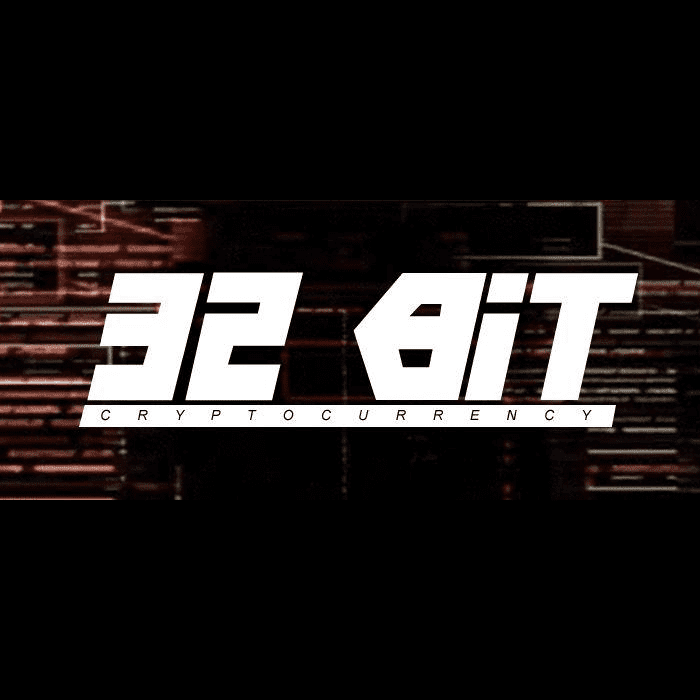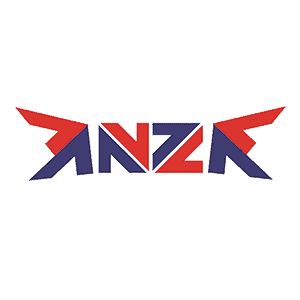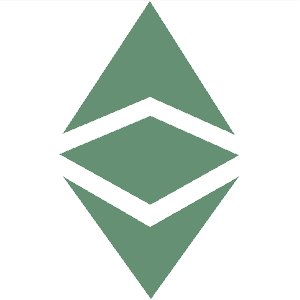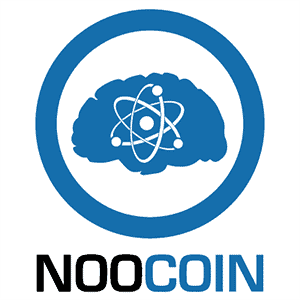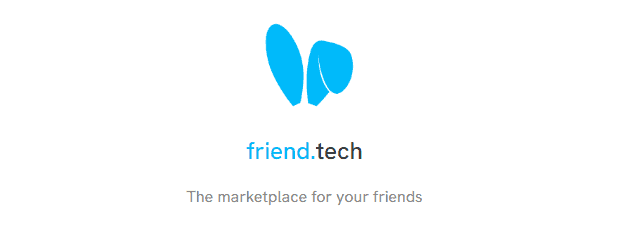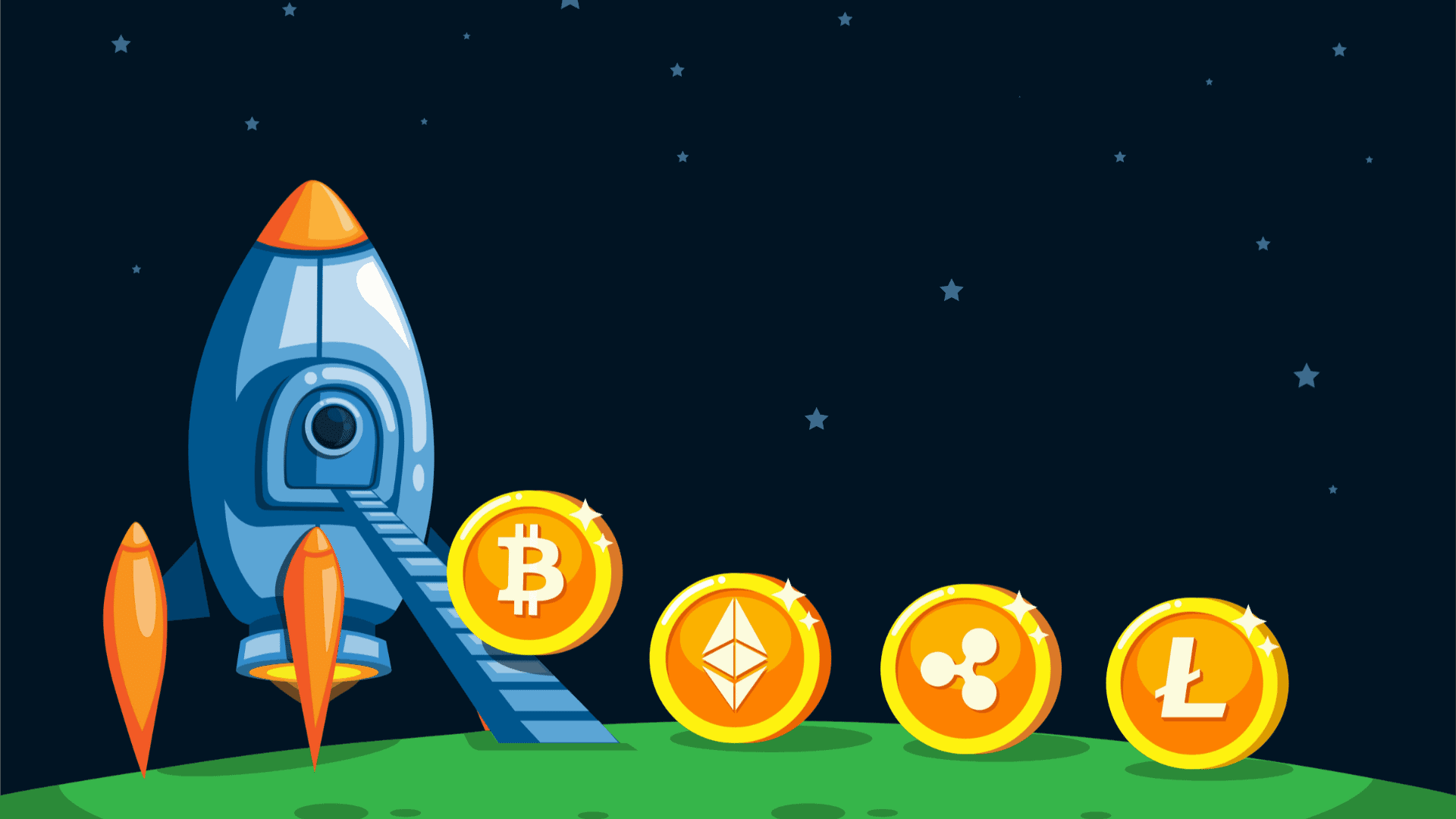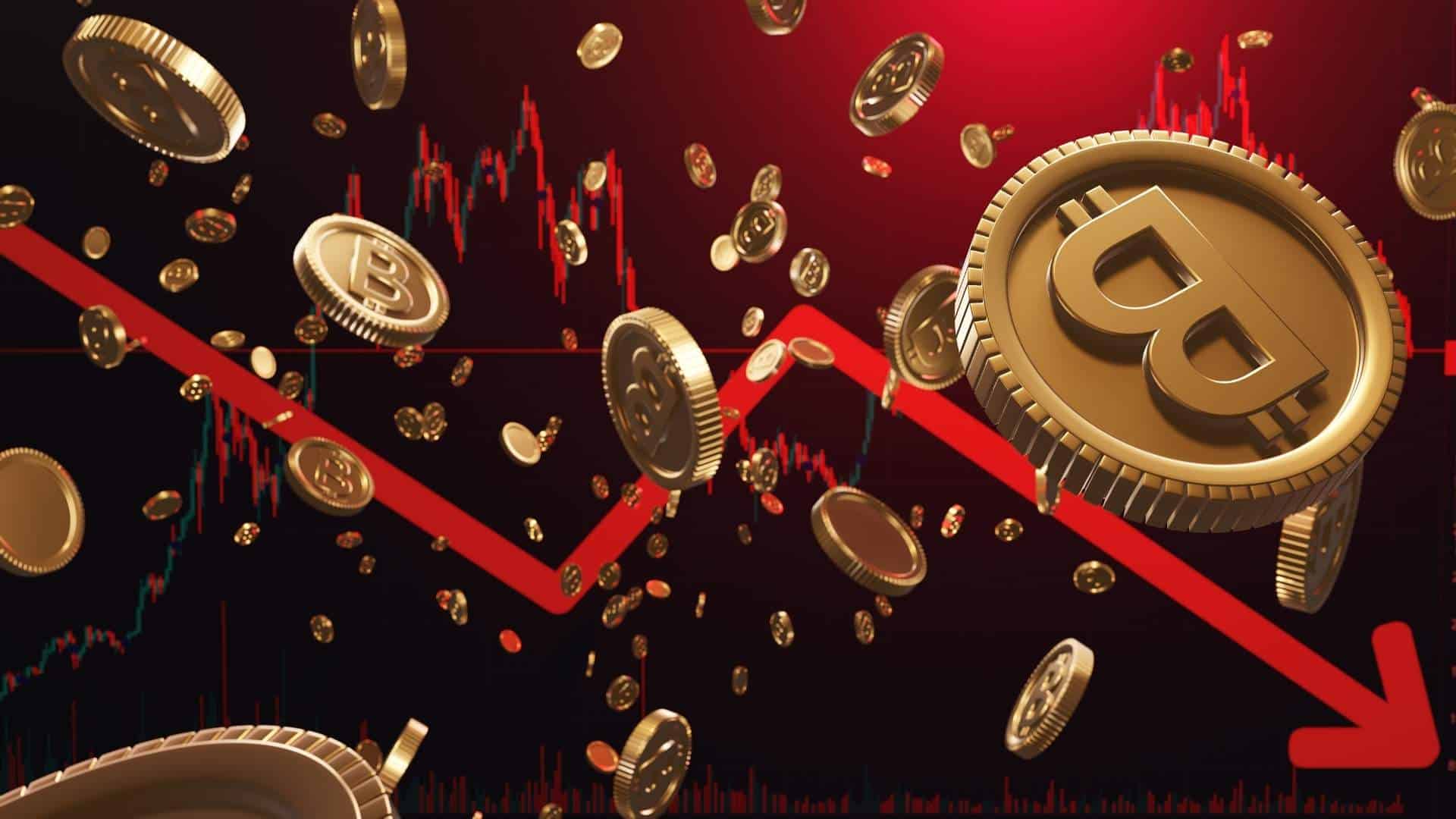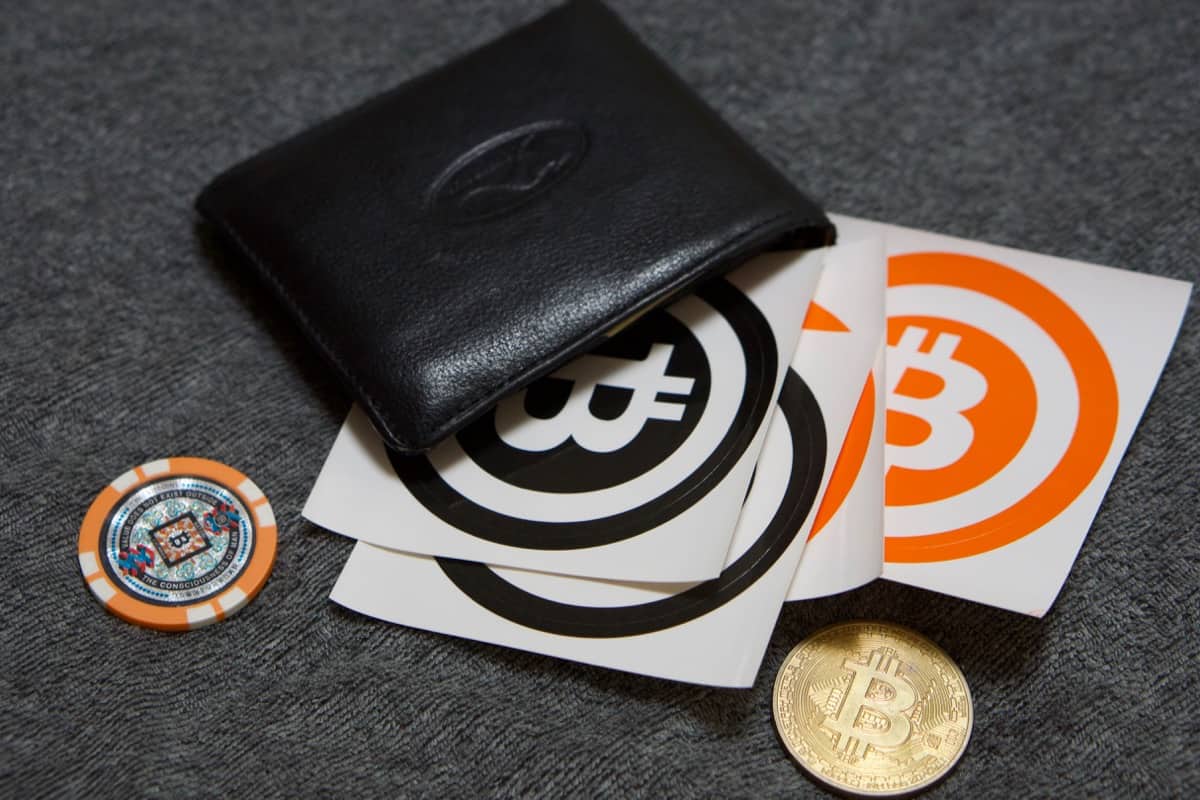
ChainLink (LINK)
| Market Cap | Volume | Last Trade |
|---|---|---|
ChainLink Details
| Built On | Launch Date | Proof Type | Max Supply | Circulating Supply | Website |
|---|---|---|---|---|---|
| 0 | 0 | NO | Platform | Block Reward | Block Time | Block Number | Net Hashes Per Sec | ChainLink |
| 0 | 0 | Trade |
ChainLink (LINK) price today is $0.0000000 USD. Trading volume was 0.00 LINK in the last 24 hours. Current market cap of ChainLink is $0 USD. ChainLink has a circulating supply of 0 LINK coins out of a maximum supply of 0 LINK coins.
An In-Depth Look at Chainlink (LINK)
What is Chainlink (LINK) and how does it work?
Overview
Chainlink (LINK) is a decentralized oracle network that aims to connect smart contracts with real-world data. It was designed to bridge the gap between the off-chain world and on-chain smart contracts that are run on the Ethereum blockchain. Chainlink enables smart contracts to securely interact with external APIs, payment systems, and other resources in a way that's reliable and resistant to manipulation.
Chainlink's LINK token is an ERC-20 token with the added ERC-677 functionality. This means that it can be used to pay for services within the ecosystem, such as node operator services and data retrieval. It's also used for incentivization within the Chainlink system.
Technical Aspects
Chainlink operates by relying on a network of decentralized nodes to provide data. When a smart contract needs data from off-chain, it sends a request contract to Chainlink’s network. The contract includes a reputation contract, an order-matching contract, and an aggregating contract.
The reputation contract checks the track record of the oracle provider. The order-matching contract takes the SLA contract and logs the SLA on-chain and takes bids from responsible oracle providers. Finally, the aggregating contract accumulates the collective data of the chosen oracles and balances them to find the most accurate result.
Chainlink uses LINK tokens to pay node operators for retrieving data, converting data into blockchain-readable formats, and when they increase uptime guarantees.
Team
Chainlink was launched on September 20, 2017, by Sergey Nazarov and Steve Ellis. Sergey Nazarov is the CEO of SmartContract, a smart contract development company, and has been involved in the blockchain industry since 2011. Steve Ellis, the CTO, previously worked as a software engineer at Pivotal Labs.
The Chainlink team is backed by leading venture capital firms like SignalFire, Polychain Capital, and Andreessen Horowitz. Furthermore, Chainlink has established partnerships with Google Cloud, Oracle, and SWIFT, among others. Their partnerships and collaborations span across various industries including banking, insurance, and technology, which speaks volumes about Chainlink’s credibility and potential.
Chainlink's Potential and Industry Impact
Chainlink has emerged as a significant player in the blockchain industry by addressing a critical problem of connecting smart contracts with real-world data. By doing so, it has extended the applicability and usefulness of smart contracts.
Its decentralized network of oracles provides the necessary link between blockchain and traditional business systems, which has been a considerable hurdle in blockchain adoption across various business sectors. In addition, Chainlink’s secure infrastructure ensures the integrity and reliability of data, making it an attractive platform for various blockchain-based applications.
The LINK token, integral to the Chainlink ecosystem, has also seen considerable growth and usage. It is not only used for payments within the Chainlink network, but also held as a digital asset by investors.
Overall, Chainlink’s innovative solutions and strategic partnerships position it as a potentially transformative force in the blockchain landscape.
How Does Chainlink (LINK) Make Money?
Chainlink Through Its Oracle Network
Chainlink (LINK) primarily generates revenue through its decentralized oracle network. This network is essentially a middleware that connects blockchain-based smart contracts with off-chain real-world data. This data can be anything from price feeds and weather information to game scores and traditional bank account details. Smart contracts that require access to these external data sources pay Chainlink in LINK tokens to use their secure and reliable oracles.
The Chainlink network is designed in such a way that the more usage it gets, the more demand there is for LINK tokens. This, in turn, increases the value of LINK. Chainlink’s revenue is thus a direct function of the demand for its oracle services.
Chainlink Through Node Operators
Chainlink also makes money through node operators. These are individuals or entities that run software to provide data to the Chainlink network. They are compensated in LINK tokens for the data they provide. The more accurate and timely the data provided, the higher the reward in LINK tokens.
The node operators also have to stake LINK tokens as a form of collateral. If they fail to deliver accurate and timely data, a portion of their staked LINK can be slashed. This mechanism ensures the integrity and reliability of the data provided to the Chainlink network. It also creates a steady demand for LINK tokens, which can increase the token's value over time.
How Can I Make Money with Chainlink?
Buy and Hold Strategy
One of the simplest ways to make money with Chainlink is to buy and hold LINK tokens. If the demand for Chainlink’s oracle services increases, the value of LINK tokens is likely to increase as well. This could potentially provide a return on your investment in the long term. However, as with any investment, it's important to understand the risks and conduct thorough research before investing.
Staking LINK Tokens
Another way to make money with Chainlink is by becoming a node operator and staking LINK tokens. As mentioned earlier, node operators provide data to the Chainlink network and are compensated in LINK tokens. They also have to stake LINK tokens as collateral, which can earn them additional rewards.
However, running a node requires technical expertise and can be complex. It also involves the risk of having your staked LINK slashed if you fail to provide accurate and timely data.
Trading LINK Tokens
For those with a good understanding of cryptocurrency markets, trading LINK tokens can be another way to make money. This involves buying LINK when the price is low and selling it when the price is high. However, trading cryptocurrencies is highly risky and requires a deep understanding of market trends and trading strategies.
Participating in Chainlink's Ecosystem
Chainlink also has a grant program that provides funding to projects that contribute to the Chainlink ecosystem. If you are a developer or a team working on a project that uses Chainlink, you could potentially apply for these grants and receive funding in LINK tokens.
In conclusion, Chainlink offers multiple ways for individuals and entities to make money. Whether it's through buying and holding, staking, trading, or contributing to the ecosystem, there are opportunities for those who believe in Chainlink's potential and are willing to take on the associated risks.
How Can I Buy Chainlink (LINK)?
Investing in Chainlink (LINK) can seem like a daunting task, especially for beginners. However, the process is straightforward if you follow a few easy steps.
Create an Account on Binance
Your first step will be to create an account on Binance. Binance is one of the world's leading cryptocurrency exchanges, providing a platform for trading various cryptocurrencies, including Chainlink. The signup process is simple and involves providing some basic information.
Verify Your Account
Next, you'll have to verify your account. Binance will require you to confirm your email address and provide some form of identification. This is a security measure to ensure that only you have access to your account. It's a fairly straightforward process and Binance provides clear instructions on what is required.
Secure Your Account
Once your account is verified, the next step is to secure it. You should enable two-factor authentication (2FA) to add an extra layer of security to your account. This involves linking your account to your phone number so that any login attempts will require an additional PIN sent to your phone.
Deposit Fiat or Cryptocurrency
With your account setup and secure, you can now deposit funds. Binance allows you to deposit either fiat money (like USD or EUR) or other cryptocurrencies. If you're new to crypto, depositing fiat might be the easiest option. However, if you already own some crypto, you can deposit that instead.
Buy Chainlink (LINK)
You're now ready to buy Chainlink (LINK). Navigate to the trading section of the website, select the LINK/USD pair (or whatever currency you're using), and enter the amount you want to buy. Then, confirm your purchase. Your Chainlink tokens will be added to your Binance account.
Store Your LINK in a Secure Wallet
While you can leave your LINK in your Binance account, it's safer to move them to a more secure wallet. Binance is a hot target for hackers, and while they have good security measures in place, it's always safer to store your crypto in a wallet where you control the private keys.
You can find a more detailed guide on how to buy Chainlink (LINK) by visiting Datacoinz.
What are the Best Wallets for LINK?
Once you own LINK tokens, the next step is ensuring they are stored safely. There are several types of wallets that support Chainlink, including hardware wallets, software wallets, and mobile wallets.
Hardware Wallets
Hardware wallets are physical devices that store your cryptocurrency offline. They are considered the safest type of wallet as they are immune to online threats. Two trusted hardware wallets that support LINK are Ledger and Trezor.
Software Wallets
Software wallets are applications that can be installed on your computer or smartphone. They are more practical for everyday use compared to hardware wallets. Examples of software wallets for LINK include MyEtherWallet and MetaMask.
Mobile Wallets
Mobile wallets are applications that allow you to manage your cryptocurrencies directly from your smartphone. They provide convenience and are excellent for people who frequently use their LINK tokens. Some popular mobile wallets that support LINK are Trust Wallet and Coinomi.
Remember, the security of your tokens ultimately relies on how securely you handle and store your private keys. Always keep them private and never share them with anyone.
How Can I Find More Chainlink (LINK) News?
Chainlink (LINK) is a decentralized oracle network that enables smart contracts on Ethereum to securely connect to external data sources, APIs, and payment systems. For those interested in keeping up with the latest Chainlink news and updates, several online resources are available.
Chainlink Website
The Chainlink website is the first and foremost resource for all things Chainlink. The site contains a wealth of information about the project, its team, and its roadmap. It's the ideal starting point for anyone looking to familiarize themselves with Chainlink and its unique oracle solution.
Chainlink Whitepaper
The Chainlink Whitepaper provides an in-depth look at the technical aspects of the Chainlink network. It explains the project's unique approach to decentralized oracle systems and how it aims to solve the problems that have historically plagued similar initiatives. Reading the whitepaper is highly recommended for those interested in the technical details of Chainlink's oracle network.
Chainlink Twitter
For real-time updates and community engagement, the Chainlink Twitter account is a must-follow. The team regularly posts updates about their progress, partnerships, and industry developments. It's a great way to stay connected with the project and its community.
Chainlink Reddit
The Chainlink subreddit is another excellent place for news and discussions about Chainlink. It's a vibrant community where users share their thoughts, experiences, and insights about the project. It's also a place where you can ask questions and get answers from the knowledgeable Chainlink community.
Coins Similar To Chainlink (LINK)
Chainlink is not the only project trying to bridge the gap between off-chain data and on-chain smart contracts. Here are a few projects that are similar to Chainlink, each with their unique approach to decentralized oracle solutions.
Band Protocol
Band Protocol is a cross-chain data oracle platform that aggregates and connects real-world data and APIs to smart contracts. Band Protocol enables smart contract applications such as DeFi, betting, e-commerce, and more. To learn more about Band Protocol, visit the link provided.
API3
API3 is a decentralized API network that aims to give control back to API providers. API3 solutions are designed to create a more secure connection between off-chain data providers and on-chain users, reducing the need for third-party intermediaries. Explore more about API3 by following the link above.
WINkLink
WINkLink is the first comprehensive oracle on the Tron network. It aims to integrate the real world with the blockchain space, allowing developers to create reliable, transparent, and tamper-proof end-to-end applications. For more information on WINkLink, please visit the provided link.
Augur
Augur is a decentralized prediction market platform built on the Ethereum blockchain. It's designed to reward users for correctly forecasting events. Augur's unique approach to harnessing crowd wisdom makes it an interesting project. To find out more about Augur, follow the link above.
ChainLink Markets
| Rank | Exchange | Country | Coin Types | Fees | Trade |
|---|---|---|---|---|---|
| 1 |
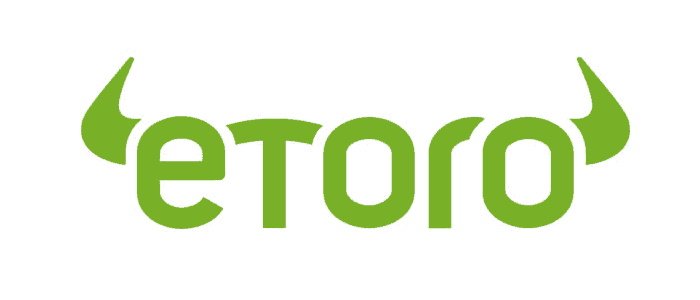 Etoro
Etoro
|
Cyprus | 34 Currencies including LINK | 0,10% > 1% | More info |
| 2 |
 Crypto.com
Crypto.com
|
Hong Kong | 287 Currencies including LINK | 0.04% - 0.4% | More info |
| 3 |
 Coinbase
Coinbase
|
US | 241 Currencies including LINK | 1,49% > 3,99% | More info |
| 4 |
 Binance
Binance
|
Cayman Islands | 366 Currencies including LINK | 0,10% | More info |



